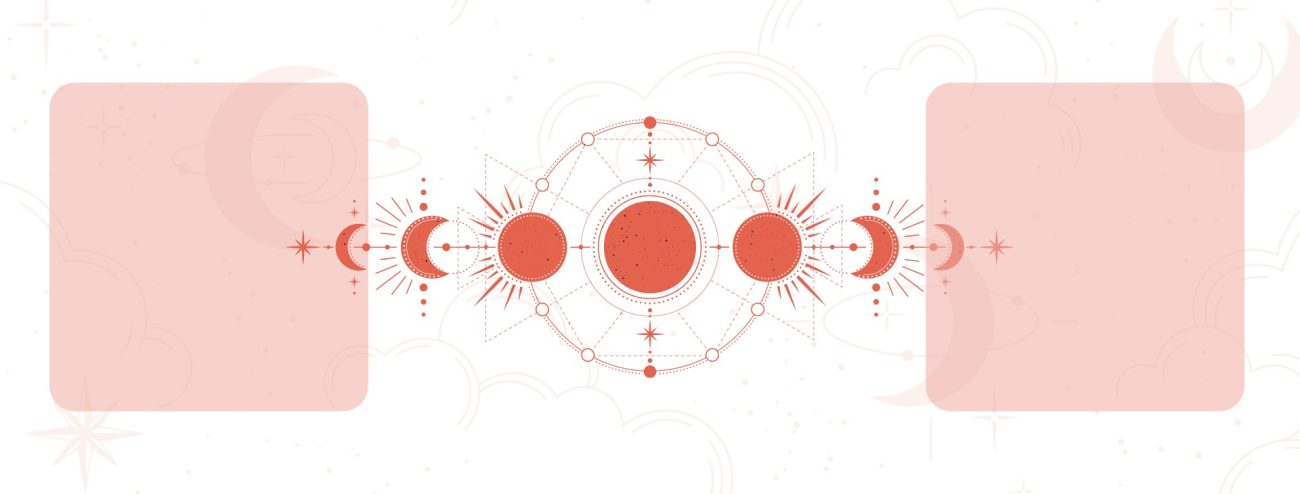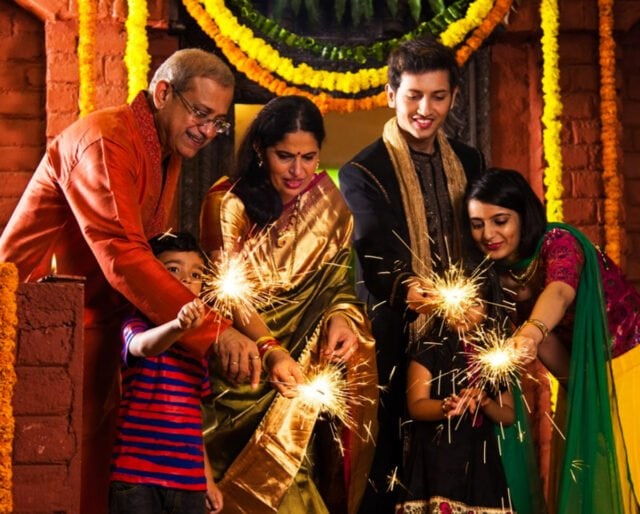
Uttarayan & the Kite Festival of Gujarat
A day full of flying kites in a deep blue sky, the Kite Festival in Gujarat is full of people celebrating the decline of winter. Gujarat celebrates thousands of festivals yearly, and Uttarayan is the most exciting of all. People, young and old, fly kites from sunup to sundown, stopping only to feast with family and friends.
The festival of Uttarayan is a uniquely Gujarati phenomenon when the skies over most cities of the state fill with kites from before dawn until well after dark. The festival marks the days in the Hindu calendar when winter begins turning into summer, known as Makar Sankranti or Uttarayan. On what is usually a bright warm sunny day with brisk breezes to lift the kites aloft, across the state almost all normal activity is shut down and everyone takes to the rooftops and roadways to fly kites and compete with their neighbors.
Kites of all shapes and sizes are flown, and the main competition is to battle nearby kite-flyers to cut their strings and bring down their kites. For this, people find their favored kite-makers who prepare strong resilient kite bodies with springy bamboo frames and kite paper stretched to exactly the right tension. Lastly, the kites are attached to a spool (or firkin) of manja, a special kite string coated with a mixture of glue and glass to be as sharp as possible for cutting strings of rival kites. Production of kites and kite supplies can be seen on the streets of Ahmedabad beginning in November, to get ready for Uttarayan, and nowhere more so than in Patang Bazaar, the special kite market that appears in the old city. For the week preceding the festival, it is open 24 hours a day for all kite lovers to stock up for the festivities.
Parents who normally find their children hard to get out of bed for school will find them setting the alarm for 5 am on 14th Jan., to get up and start flying kites in the ideal pre-dawn wind. The atmosphere is wonderfully festive, as whole families gather on the rooftop, special foods like laddu, undhiyu, or surti Jamun are prepared for eating over the day, and friends and neighbors visit each other for group kite-flying fun. Often people look out for which of their friends has the optimum terrace for kite flying and many will congregate there. This leads to many social gatherings that would not otherwise occur, as one person’s brother’s friends meet their classmate’s cousins because they have all gathered on the rooftop of the same mutual friend. People often find themselves marking time by uttarayan: “I met you three uttarayan ago, right?” is a not uncommon phrase. At night, kite fighters send up bright white kites to be seen in the darkness, and skilled flyers will send aloft their tikkas with strings of brightly lit lanterns in a long line leading back down to the rooftop. From early morning to late at night, uttarayan provides lots of fun and beautiful sights to remember for a long time.





